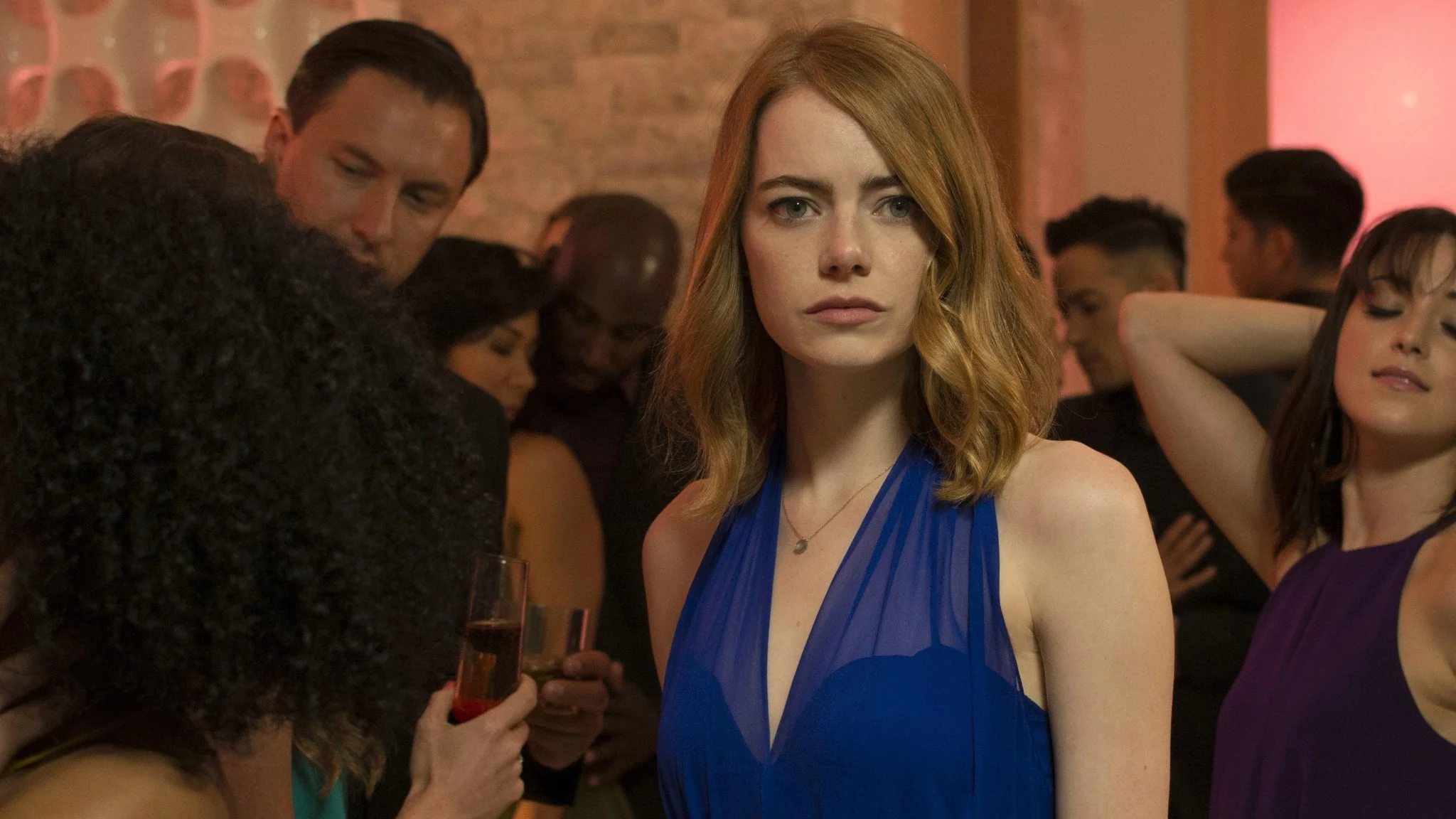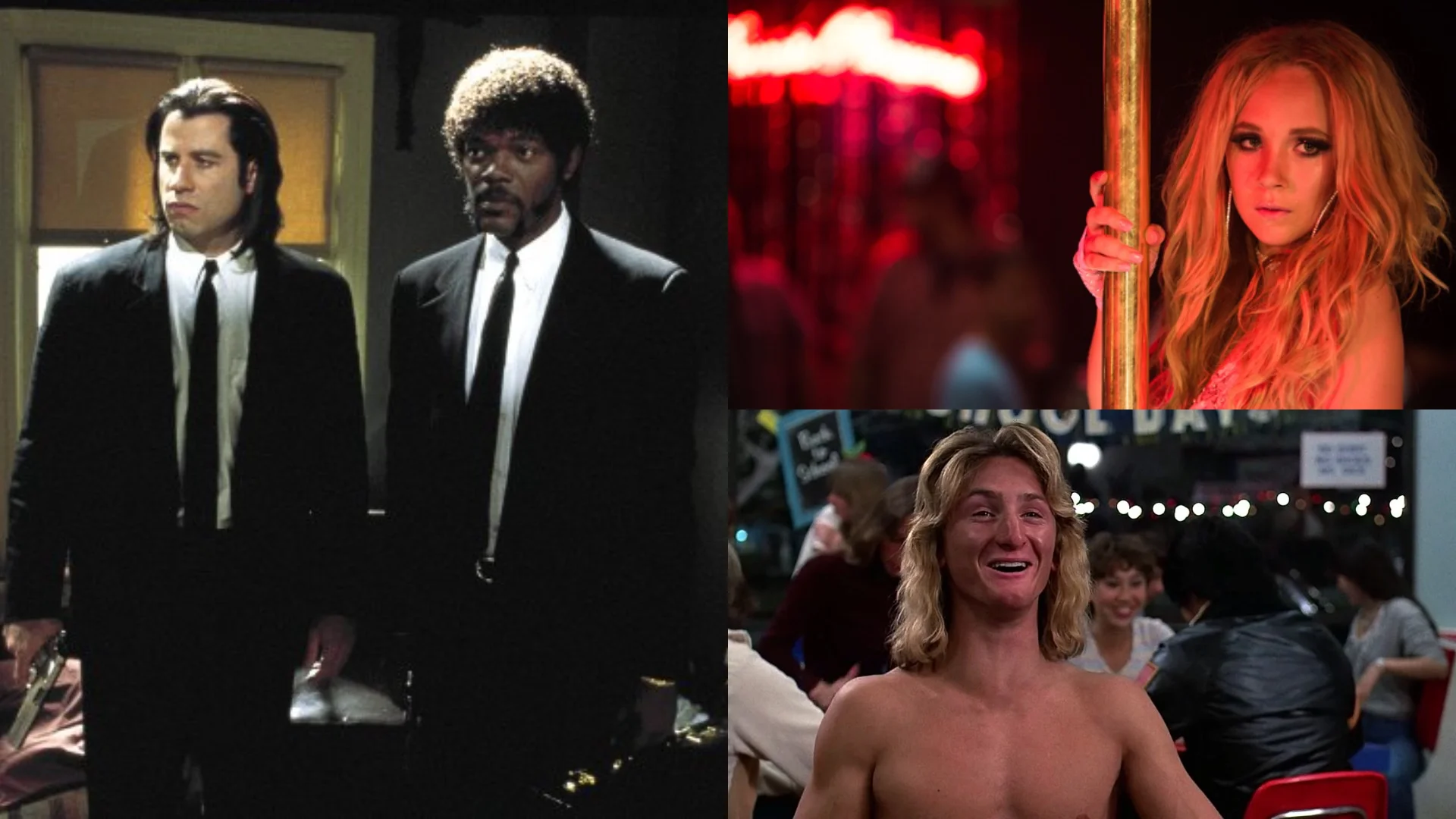La La Land: The Fools Who Dream (About The TFS Awards)
This week, we're highlighting some of this year's Talk Film Society Awards Best Film nominees. Today, Aaron writes about Damien Chazelle's ode to classic musicals, that has garnered the most attention and acclaim in this year's awards race.
There comes a point in Mike Mills' 20th Century Women when, describing punk rock to Dorothea, Abbie says that punk rock is so infectiously energizing because their passion outweighs their talent. So, why did I begin a reflection on La La Land with another 2016 film? Well, it’s precisely this unbridled enthusiasm that propels La La Land forward.
Of all the criticism I’ve seen on the film, there are really two main sticking points: one, that the singing and dancing isn’t as refined as that of musicals of yore, and two, that the music is too front and back-loaded. To the first point, I would say that the perfection, or lack thereof, of the song and dance in La La Land is so totally beside the point as to be a non-issue. This is a film about two – interrelated – things: dreams and passion; two things which are absolutely bursting at the seams. As for the second point, as I noted just now, the film is about dreams. We begin with a freeway daydream number and progressively grow more and more muted toward the middle. That’s because Mia and Sebastian are too in love with each other to bother wasting any energy chasing their dreams. And, as the story progresses and we see them go their separate ways, the music, and thus dreaming, returns.
There’s a reason this film captured the collective imagination for a moment this winter: everyone has had a dream that they were either too afraid to chase or too comfortable to feel it was worth the risk. Everyone knows that aching longing that comes with telling yourself that you have no chance in hell of ever making it, but yet, when you turn off the lights and go to sleep at night it’s all you ever dream of. Everyone knows that fluttery feeling you get when you do get a chance to chase that dream and make it work; even if only for a moment. The amazing thing is La La Land captures that feeling of heart-thumping, knee-weakening, spine-tingling excitement so precisely that, walking out of the theater, you feel as though you want to be that best version of yourself, even despite the fact that the film explicitly ends on a scene that acknowledges the heavy sacrifices we often make to achieve those dreams.
But beyond that, the film, perhaps more than any other film in 2016, got that films communicate emotions visually, not just through dialogue. There’s a whole sub-arc going on just through colors: when we see Mia and Sebastian at the beginning of the film, Mia is cast in eye-popping blues and Sebastian in sleek reds. As the film progresses, and they fall in love, the colors intermingle. They mix and match each other’s colors until Mia’s flowing dresses and Sebastian’s car turn purple. Before Sebastian goes to get Mia from Nevada, Chazelle frames Sebastian in two lens flares with blue and red bleeding into the screen from opposing corners. And, finally, in the film’s impeccable denouement, before Mia turns to smile at Sebastian one last time, she’s shot from one angle with purple light, then as she turns to look, in blue. An entire emotional character arc communicated visually.
If a film in any given year can communicate so much visually and manage to capture the hearts and passions of an entire audience, well, I think that’s just about the most extraordinary thing a film can do.






